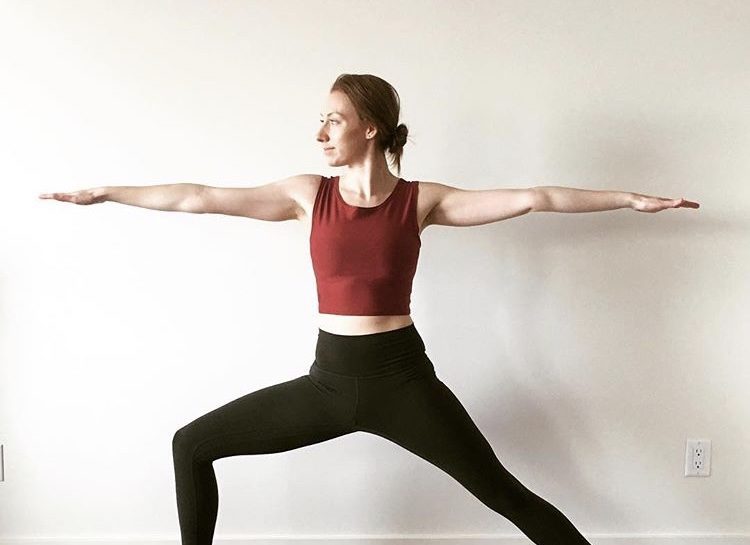Recovery runs and rest days: essential parts of training
How to simplify the role of rest and recovery in your training


Many runners get confused about the role that rest and recovery play in their training, either feeling guilty when they’re not running, or justifying skipping workouts on a regular basis (or both). How to simplify this? By building regular rest days and/or recovery workouts into your training plan.
RELATED: Five pieces of recovery wisdom to allow runners over-40 to bounce back faster
Not sure exactly what those terms mean? You’re not alone. Rest days may refer either to days off (and it’s perfectly fine to schedule this once a week), or to days where you do something active other than running, such as cycling, spinning, yoga, tennis, or golf. Recovery between workouts may include these activities or light running, such as a recovery run the day after a long run or a speed workout.

We got some further clarification on rest and recovery from 2012 Canadian marathon champion Rejean Chiasson, who now coaches runners at all distances.
“Depending on the level of runner, someone might say they’re resting on a certain day, but they’re still doing 100K per week,” says Chiasson. “All this means is that they’re not taxing their legs on those days, or they’re doing something else. I like the term ‘active recovery,’ where you go for an easy run, or do some spinning or yoga–something low-impact or no-impact to help you recover so you’re ready for the next hard session.”

As Chiasson says, these easy runs also contribute to your overall fitness. On recovery days, your connective tissues (tendons and ligaments) get stronger, and your body produces mitochondria, which are the cells’ powerhouse of energy.
Any activity is good, but if you run, it should be comfortable and easy. Even if you feel great, do not be tempted to turn your recovery activity into an intense workout if you went hard the previous day, or you may risk compromising both your recovery and your next workout, and increase your risk of injury.
RELATED: The 30-minute recovery window: why the post workout snack is so important
For example, a useful five-day training schedule for a long race such as a marathon or half-marathon might involve intense workouts on Monday and Wednesday, a long run on Saturday, and lighter runs on Friday and Sunday. So although that would have you running four days in a row (Friday through Monday), your long/slow workout and your intense workouts are each separated by a day of cross-training, full rest, or a light run (on Tuesday, Thursday, Friday and Sunday). There’s also no rule that says you have to get up early to run on the weekend.

One more thing: it goes without saying (but we’ll say it anyway) that healthy nutrition and good sleep habits are essential to good recovery.


